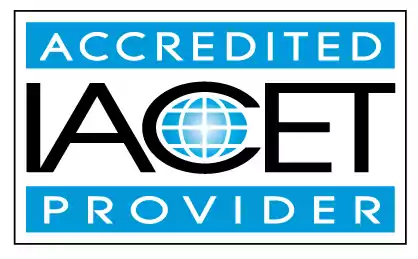Describe the rights of children and families and their relation to home visiting.
Learn about the rights of children and families and their connection to home visiting programs. Discover insightful statistics on child and family well-being in relation to these programs. Explore the important role of early childhood education and child care centers in nurturing the development of children and supporting families.Trainings incorporating this outcome
Proficiency Level
120 hours courses
5 hours courses
Related Outcomes
- Identify statistics on child and family well-being in relation to home visiting programs.
- Demonstrate understanding of how home visitors can stay safe while visiting homes.
- Describe the role of a CDA home visitor and include examples of home visitors.
- Identify the importance of maintaining cultural sensitivity while working with families during home visiting.
- Demonstrates understanding of Maryland State regulations for family child care home providers
- Demonstrate methods to address gender stereotypes and sexism in the classroom related to children’s math abilities
- Identify the components of a safe and healthy family childcare environment for children
- Demonstrate an understanding of the value and importance of complex characteristics of children’s families and communities
- Describe strategies to support the development of mathematical skills in school age children.
- Recognize the importance of a positive and respectful attitude in working with all children and their families.
- Describe strategies and experiences to promote collaboration between child and youth care professionals and programs and other professionals involved in the care and education of all children and youth.
- Demonstrate an understanding of the Tribal Maternal, Infant, and Early Childhood Home Visiting program.
- Describe nonverbal communication as it relates to coaching and mentoring.
- Describe the importance of monitoring the family child care environment for potential risks.
- Identify the signs of illness in children and describe when a child should be excluded from care
- Identify components of professionalism in the workplace, including caregivers’ professional responsibilities to children, families, and coworkers
- Describe the importance of providing opportunities for children to practice independence.
- Distinguish how to adapt arts and crafts for younger children and children with different abilities.
- Define active play in the early childhood classroom and describe its benefits for young children.
- The childcare professional will demonstrate an understanding of the value and importance of complex characteristics of children’s families and communities
Related Articles
- What Child Care Providers Need to Know: Including All Children and the Americans Disability Act
- ChildCareEd Intellectual Property Rights Policy
- Working Together for Children
- How Can Culture Affect A Child’s Development?
- Home Visitor CDA Subject Area 7
- Home Visitor CDA and the Essence of Being a Home Visitor
- Online Home Visitor CDA Training with ChildCareEd
- The CDA Home Visitor Credential
- How to Choose the Right Childcare Provider: What Parents Need to Know
- Dream Big, Little One: Exploring MLK’s Legacy Through Stories and Play
- 10 Fun and Engaging Ways to Teach Kids About Black History Month!
- How Cultural Influences Shape Child Development
- Child Care Licensing in Texas: 2025 Rule Changes Every Director Needs to Know
- How can I support children’s language and literacy development?
- How Can We Help Children Develop Lifelong Healthy Eating Habits?
- 🗣️ How Can I Talk to Parents About Bullying Without Blame or Conflict?🤝
 12 CEUs
12 CEUs